Understanding Large Item Collection in Council Waste Collection
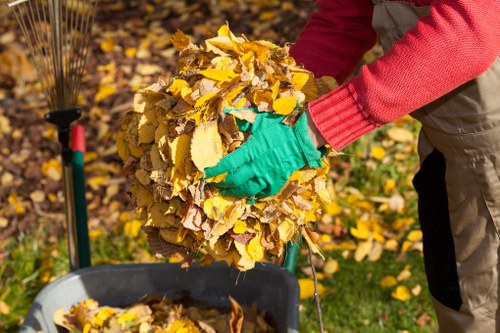
Council waste collection services play a pivotal role in maintaining the cleanliness and hygiene of our communities. Among the various services they offer, large item collection stands out as a critical component for managing bulky waste effectively.
Large item collection refers to the removal of oversized waste items that cannot be accommodated in regular waste bins. These items typically include furniture, appliances, electronics, and other bulky household or commercial waste.
Understanding the process, guidelines, and benefits of large item collection can help residents and businesses manage their waste more efficiently and responsibly.
What Constitutes a Large Item?
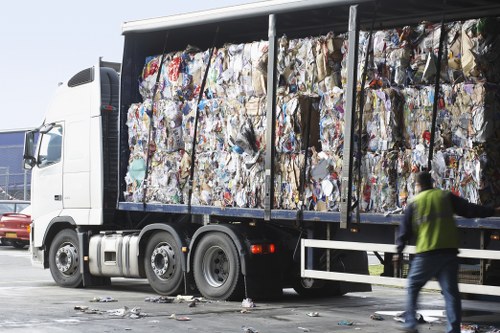
Defining what is considered a large item is essential for both residents and waste collection services. While the exact definitions can vary between councils, there are common characteristics that classify an item as large.
Common Large Items
Typically, large items include:
- Furniture such as sofas, mattresses, and tables
- Large appliances like refrigerators, washing machines, and ovens
- Electronics including TVs and computers
- Construction debris from remodeling projects
- Garden equipment like lawnmowers and sheds
These items usually exceed the size and weight limits of standard waste collection bins and require special handling.
Proper categorization of large items ensures that they are collected safely and disposed of in an environmentally friendly manner.
Scheduling a Large Item Collection
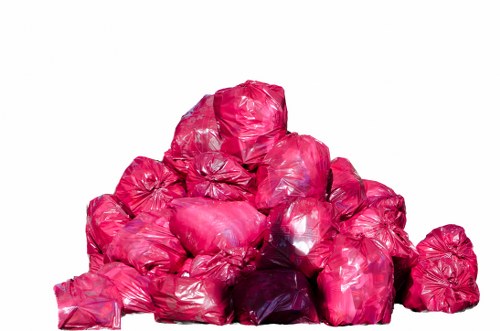
Scheduling a large item collection involves several steps to ensure a smooth and efficient process. Here’s how residents and businesses can request this service:
Steps to Schedule
- Visit your local council’s waste collection website or contact their customer service.
- Provide details about the items you need to dispose of, including quantity and type.
- Select a convenient date and time for collection.
- Ensure that the items are accessible for the collection team on the scheduled day.
Some councils may offer online booking systems, making the process more streamlined and user-friendly.
Advanced scheduling helps waste collection services allocate resources effectively and minimize inconvenience to residents.
Guidelines for Preparing Large Items for Collection
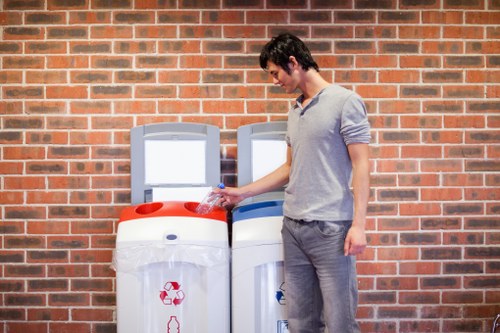
Properly preparing large items for collection is crucial to ensure efficient handling and to prevent damage to property.
Preparation Tips
- Disassemble large furniture if possible to make transportation easier.
- Remove all personal items from appliances to prevent spillage or damage.
- Secure any loose parts or sharp edges to ensure safety during collection.
- Place items in a designated area that is easily accessible for the collection team.
Following these guidelines not only facilitates a smoother collection process but also promotes safety for both the residents and the waste management personnel.
Additionally, adhering to preparation standards helps in the proper segregation and recycling of waste materials.
Benefits of Large Item Collection Services
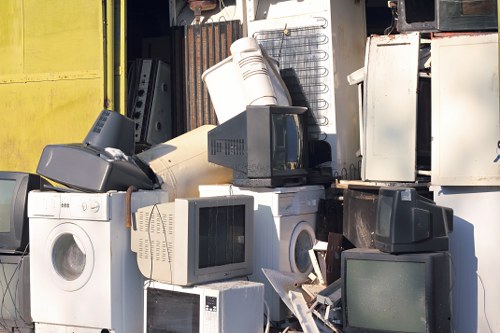
Large item collection services offer numerous benefits to communities, the environment, and individual households.
Environmental Impact
By ensuring proper disposal and recycling of large items, councils help reduce landfill usage and promote sustainable living practices.
Community Cleanliness
Regular collection of bulky waste contributes to the overall cleanliness and aesthetic appeal of neighborhoods, making them more pleasant places to live.
Convenience for Residents
Having access to large item collection services provides residents with a hassle-free solution for disposing of unwanted bulky items, saving time and effort.
Moreover, these services often operate on flexible schedules, accommodating the diverse needs of the community.
Fees and Charges for Large Item Collection
Understanding the costs associated with large item collection is important for budgeting and planning purposes.
Fee Structures
- Some councils offer free large item collection services for residents.
- Others may charge a nominal fee based on the size and quantity of items.
- Businesses might have different rate structures compared to residential services.
It’s advisable to check with your local council to understand the specific charges and any available subsidies or exemptions.
Transparent fee structures ensure that residents are well-informed and can make decisions accordingly.
Recycling and Disposal of Large Items
Proper recycling and disposal practices are essential for minimizing environmental impact.
Recycling Opportunities
Many large items, such as electronics and appliances, contain recyclable materials. Councils often partner with recycling centers to ensure these materials are processed responsibly.
Disposal Options
- Donation: Items in good condition can be donated to charity organizations.
- Sell or Give Away: Platforms like online marketplaces can be used to sell or give away unwanted items.
- Professional Recycling: For hazardous materials, specialized recycling services are necessary.
Choosing the right disposal method not only helps the environment but can also benefit other community members.
Encouraging sustainable disposal practices is a key responsibility of council waste management services.
Common Challenges in Large Item Collection
While large item collection services are beneficial, they come with their own set of challenges.
Logistical Issues
Coordinating the collection of large items requires significant planning and resource allocation, which can sometimes lead to delays.
Accessibility Problems
Residents living in multi-story buildings or areas with narrow streets may face difficulties in facilitating the collection process.
Environmental Concerns
Ensuring that large items are disposed of in an eco-friendly manner is an ongoing challenge that requires continuous effort and innovation.
Addressing these challenges is crucial for improving the efficiency and effectiveness of large item collection services.
Tips for Efficient Large Item Collection
Implementing best practices can enhance the large item collection experience for both residents and waste management services.
Plan Ahead
Scheduling collections in advance helps in better resource management and reduces the chances of delays.
Educate Residents
Providing clear guidelines and information about what constitutes a large item and how to prepare it for collection can streamline the process.
Promote Recycling
Encouraging the recycling and proper disposal of large items fosters a sustainable community and reduces environmental impact.
Future of Large Item Collection
The future of large item collection is poised to embrace more sustainable and technologically advanced methods.
Technological Advancements
Integrating technology such as GPS tracking and automated scheduling systems can make large item collection more efficient and reliable.
Sustainability Initiatives
Increasing emphasis on recycling and reducing landfill usage will drive the adoption of greener practices in waste management.
Community Engagement
Active involvement of the community in waste reduction programs will enhance the overall effectiveness of large item collection services.
By focusing on innovation and sustainability, councils can improve their large item collection services to better serve their communities.
Conclusion
Large item collection is an integral part of council waste management services, ensuring that bulky waste is handled efficiently and responsibly.
Key Takeaways
- Understanding what constitutes a large item helps in proper disposal.
- Scheduling and preparing items correctly facilitates smooth collection.
- Recycling and sustainable disposal practices are essential for environmental protection.
- Overcoming logistical and accessibility challenges is crucial for service improvement.
For residents and businesses looking to manage their bulky waste, utilizing council large item collection services is a convenient and eco-friendly solution.
Contact us today to learn more about how you can make the most of your council's waste collection services and contribute to a cleaner, greener community.